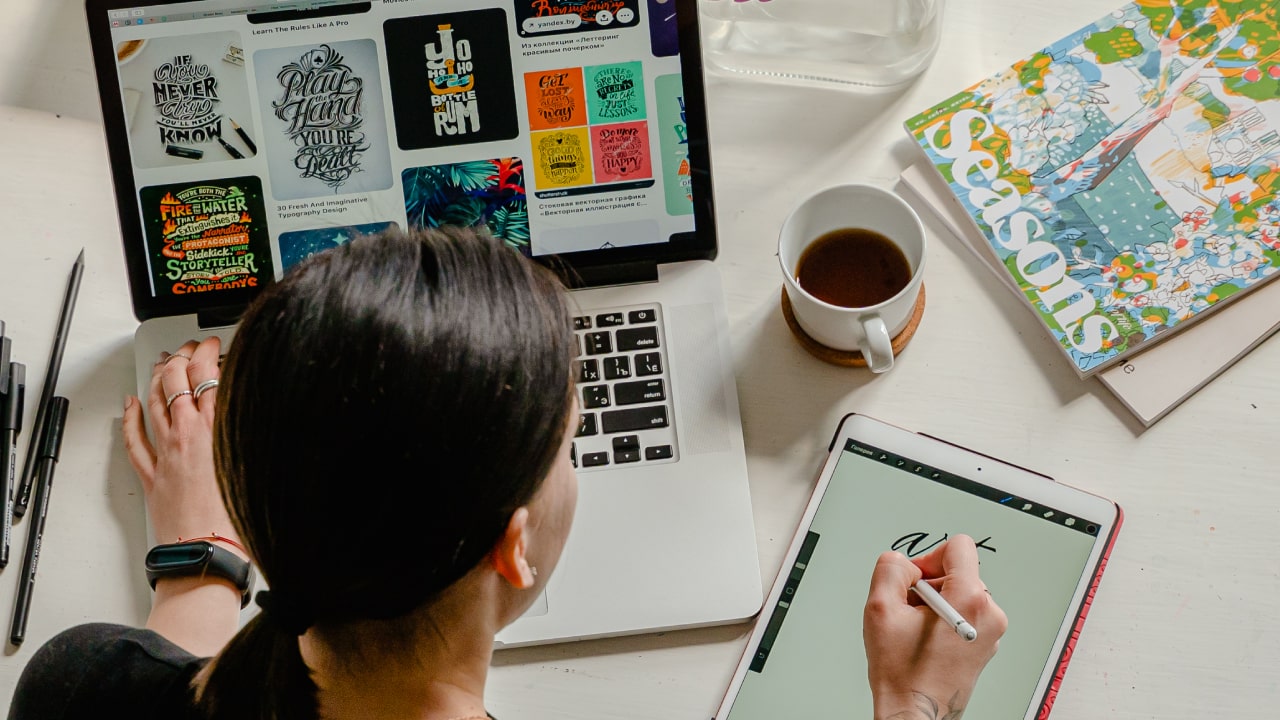
How to Use Technology to Enhance Your Art Skill
Art is a form of creative expression that has been around for centuries. It can take many forms and be created using an array of techniques. Technology has revolutionized the way art is created; it has provided us with new tools and methods for enhancing our artwork. This article will provide an overview of how to use technology to enhance your art skills.
Understanding Available Technology
The first step in making the most out of technology for your artwork is understanding what kind of technology is available. One of the best examples of this is computer software, which can help you create digital art or refine traditional art drawings and paintings. There are also apps that you can use on your mobile device to bring life to a drawing or painting. Additionally, 3D printing technology offers another avenue for creating interesting sculptural pieces out of plastic or other 3D-printable materials.
But it’s not just about digital tools, there are physical tools as well. Laser cutting and engraving machines can be used to create intricate patterns and designs, while 3D scanners give us the ability to quickly digitize models or sculptures and make modifications right on the computer screen. Of course, these are just a few of the things that technology has made possible; the possibilities truly are endless!
Implementing Technology into Your Artwork
Once you’ve familiarized yourself with available technologies, it’s time to start implementing them into your artwork. Depending on what type of artwork you’re creating (2D, 3D, etc.), different tools may be more suitable than others; it’s important to research before beginning a project so that you have some idea as to whether particular software or hardware might help you reach your desired result faster and more efficiently.
For example, if you’re working on refining a 2D sketch drawn by hand, then vector graphics software would be ideal; Adobe Illustrator is one popular choice amongst artists because its user interface is both intuitive and sophisticated enough for serious graphic design workflows. On the other hand, those who are looking for quick alterations without dealing with complex menus should look into photo editing apps such as Photoshop Express or Pixlr Editor; both offer basic but powerful image manipulation capabilities within an easy-to-navigate UI. Those who prefer traditional mediums like paints or pencils should definitely check out Wacom pen tablets, they offer precise control over lines and brush strokes, making them perfect for detailed illustrations and precise drawings alike!
Finally, don’t forget about social media platforms such as Instagram or Pinterest, not only do they offer versatile portfolios with which potential buyers can browse through your work at their own convenience; but they also act as great marketing channels when used correctly! By staying active on these platforms artists can expand their audience reach beyond geographical boundaries while building personal relationships with their fans in ways impossible before now!
Achieving Balance between
“Old-School” And “New-School” Techniques Even though we live in a world full of high-tech gadgets and gizmos that make our lives easier than ever before (and quite exciting!), it’s still essential to keep old-school techniques alive even when relying heavily on modern technology: after all tradition still holds its place among us! For example; most professionals advise against depending too much on photo filter manipulation programs like Photoshop when making art submissions, although these programs have grown incredibly sophisticated over time there’s no substitute for achieving the same effect through skilled perspective setups or ambient lighting scenarios during photography sessions (if working photographically).
Similarly, manual sculpturing techniques should never be completely replaced by computers – although we often employ digital sculpturing tools like ZBrush when necessary some effects still require artisan hands directly manipulating clay in order to achieve subtle surface details that simply cannot be replicated digitally even now!
Likewise, we urge young budding artists not too shy away from traditional tool sets either, there’s something special about putting pencil o paper rather than relying solely on digital assistants like AI pens and stylus rigs: taking advantage of both approaches yields results much greater than merely focusing heavily on one method over another… So remember: mix everything up! This balance between old-school ways & new school tech will produce amazing works & unparalleled experiences along the way!
Conclusion:
Using technology to enhance your art skills opens up many new opportunities and possibilities that would otherwise remain unexplored by traditional methods alone, however, it’s important not to forget where we come from so always strive towards maintaining a balance between “old school” techniques & “new school” technologies in order achieve optimal results when creating artworks today!
